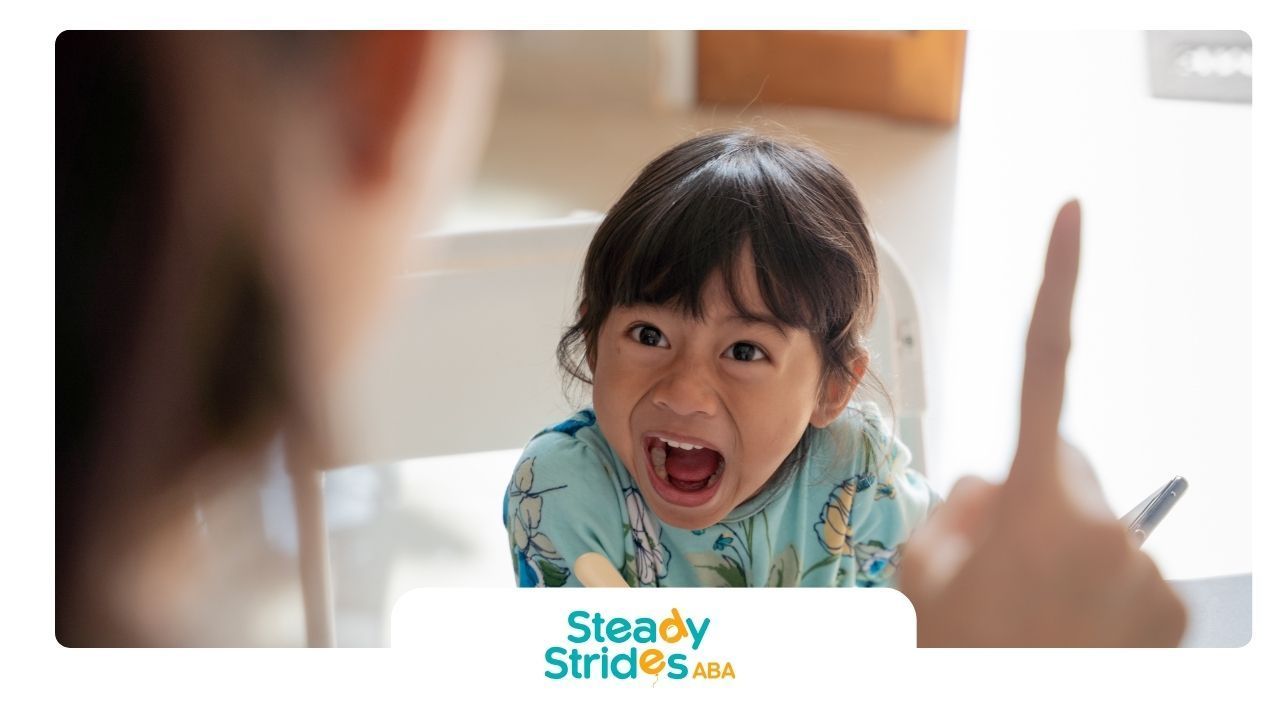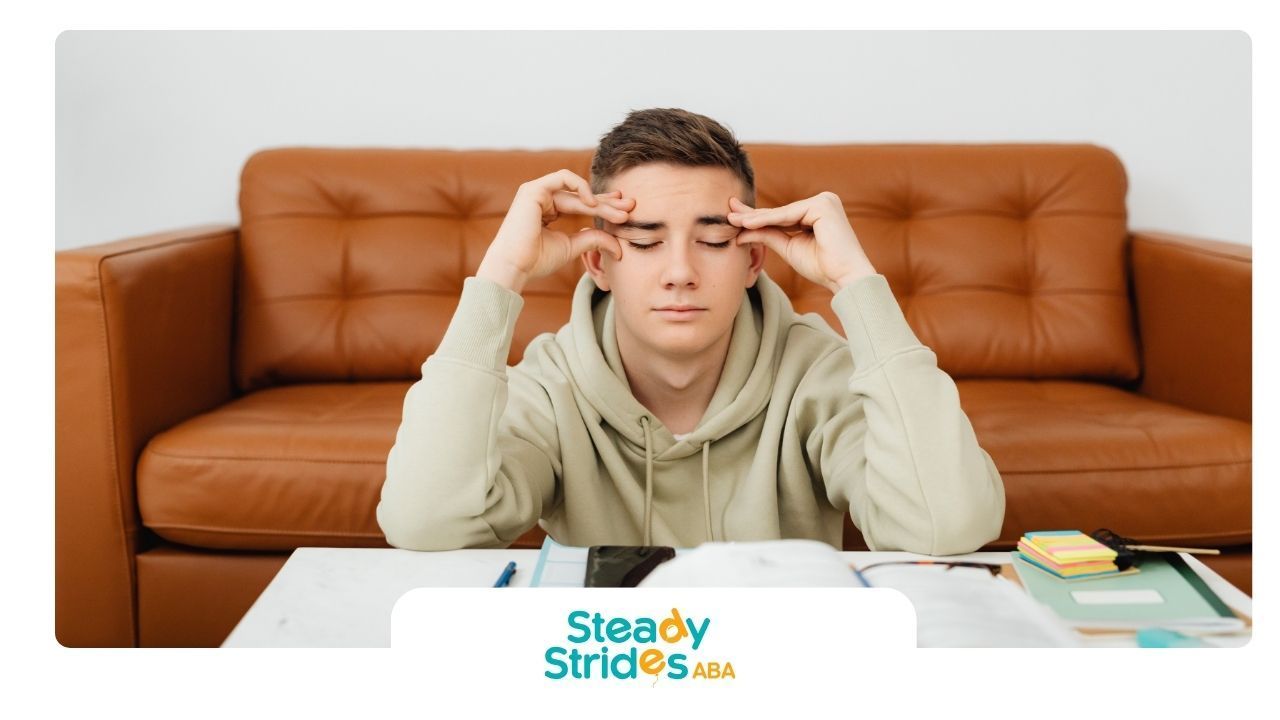Toilet training is one of the most important milestones, yet it’s often one of the hardest for children with autism.
One family I worked with in home-based ABA was at their breaking point after months of accidents. Once we began recording successes and accidents on a data sheet, they realized their son always had accidents after long play sessions. Adjusting the routine turned things around.
So in this article, I’ll explain what an ABA toilet training data sheet is, why it’s so effective, and how you can use it at home or with your child’s therapy team.
What Is an ABA Toilet Training Data Sheet?
A tool for tracking progress
An ABA toilet training data sheet is a chart or form used to track a child’s bathroom habits during toilet training. It helps parents and therapists record when the child goes to the bathroom, accidents, prompts needed, and successes.
Why data matters in ABA therapy
In ABA therapy, data collection is key. By writing down what happens during toilet training, therapists can identify patterns — such as when the child usually needs to go — and adjust the teaching plan to make success more likely.
Key Features of an ABA Toilet Training Data Sheet
What’s usually recorded
Most ABA toilet training sheets include:
- Date and time of each bathroom attempt.
- Prompting level (did the child need help, reminders, or go independently?).
- Outcome (success, partial success, or accident).
- Fluid intake (helpful to predict timing).
- Notes or observations (mood, distractions, environmental changes).
Why this helps parents and therapists
This structured approach gives a clear picture of progress. Instead of guessing, you’ll know exactly how often your child is successful, what supports they need, and where challenges come up.
Benefits of Using a Toilet Training Data Sheet
Consistency across settings
When parents, teachers, and therapists all use the same sheet, it creates consistency. Your child gets the same cues and support at home, school, and therapy.
Identifying patterns
Over time, you may notice your child tends to need the bathroom every 45 minutes after drinking water, or that accidents happen at specific times of day. These insights make training smoother.
Encouraging independence
Data sheets help you fade prompts as your child improves. For example, if your child goes with a verbal reminder, you can slowly reduce prompts until they’re going independently.
How to Use an ABA Toilet Training Data Sheet
Step 1: Choose a format
You can use a printable PDF, a simple table, or even a notebook. Many ABA providers create custom sheets for each child, but you can also make your own.
Step 2: Track consistently
Fill in the sheet throughout the day. Note every bathroom attempt, even if it wasn’t successful. The more detailed the data, the better.
Step 3: Review progress
Look at the data daily or weekly. Are successes increasing? Are accidents decreasing? This helps you know when to adjust routines or celebrate milestones.
Step 4: Share with your therapy team
Bring your child’s data sheets to ABA sessions or IEP meetings. This ensures everyone working with your child is on the same page.
Example: What a Toilet Training Data Sheet Looks Like
Here’s a simplified version of what you might see on an ABA toilet training data sheet:
Tap a tile to view Prompt Level, Outcome, and Notes.
9:00 am
Verbal prompt
Success
Open
9:45 am
Independent
Success
Open
11:00 am
Physical prompt
Accident
Open
12:15 pm
Verbal prompt
Success
Open
This type of chart makes progress easy to see at a glance.
ABA Therapy and Toilet Training Success
Why ABA works for potty training
ABA therapy uses reinforcement, prompts, and consistent routines to help children learn new skills — including toilet training. With the right plan, children often make progress faster and with less frustration.
At Steady Strides ABA, our therapists use tools like toilet training data sheets to track progress and personalize each child’s plan. Families in Texas and New Mexico can access:
- Home-based ABA for personalized toilet training support.
- School-based ABA therapy to ensure consistency during school hours.
- Center-based ABA in Houston, where therapists can help children practice skills in a structured environment.
We also provide autism assessment to guide individualized plans, and ABA parent training to give families tools they can use at home.
Ready to get started with ABA therapy for toilet training support? Contact Steady Strides ABA today and let’s help your child build confidence and independence step by step.
Frequently Asked Questions
What is the purpose of an ABA toilet training data sheet?
It tracks bathroom habits, successes, and accidents to identify patterns and measure progress during toilet training.
Do all children with autism need a data sheet for toilet training?
Not always. But for many children, especially those who thrive on structure, data sheets make the process clearer and more effective.
Can parents use ABA toilet training data sheets at home?
Yes! Parents can easily use these sheets at home. They’re especially effective when shared with therapists or teachers for consistent support.
Sources:
- https://health.ucdavis.edu/children/patient-education/potty-training-children
- https://www.parents.com/toddlers-preschoolers/potty-training/basics/potty-training-boot-camp/
- https://howtoaba.com/episode-143-aba-data-sheets/
- https://www.autism.org.uk/advice-and-guidance/topics/behaviour/toileting/parents
- https://www.autismspeaks.org/expert-opinion/seven-toilet-training-tips-help-nonverbal-kids-autism













